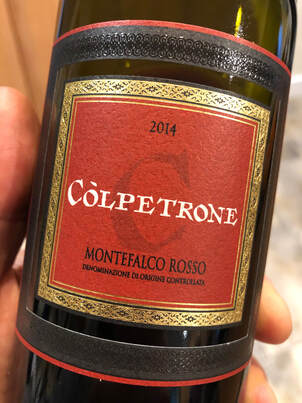 One of my tasting associates sent a picture this week of a bottle she was enjoying at home - it was Colpetrone Montefalco Sagrantino DOCG, which is a deep rich, tannic red wine from Umbria; vintage 2011. The remarks came back about how good it was and how it was just settling down with respect to the tannin level and the intensity of the wine. Underlying this though was an elevated level of acidity and ripe fruit - even at 9 years of age. This is what I would expect from this wine, though. Sagrantino is a grape that is in all likelihood indigenous to Umbria, or at least central Italy. For many years it was used to produce grapes that were dried to produce rich, sweet wines of the recioto style. For the past 25-30 years though, much more attention has been on this great grape for dry wines, mainly due to a few producers elevating it to a style that competes with some of the best Italy has to offer. From Umbria, this grape produces wines with extraordinary tannin AND acid - not a typical combination. The tannins in the grape are so high that few other grapes can match it - think antioxidant powers. Early budding, early flowering, and late harvest all equate to a grape with intense color, aromas and flavors - and long aging potential. All of this makes for beautiful wines that have lasting power, often only beginning to show their best at 10 years or more. Intrigued, I knew I had a bottle of Colpetrone in the cellar, but mine was of the Montefalco Rosso DOC, 2014 (now known as Rosso di Montefalco). What is interesting is that Colpetrone put a Diam 3 cork in this bottling. Even with a year of aging in barrels, that still means this wine is four years at the time of drinking, so it seems weird that a 3 year estimated cork life would be used(?) My wine was in perfect shape though and the cork was not an issue. The Rosso is built around Sangiovese and Merlot, as well as Sagrantino. This seems to be a fair and generous combination, as the wine is balanced with ripe red fruit aromatics that carry to the palate. The tannins are firm-ish - a little tight, but well on the way to be resolved with the other components. Beautiful red fruit dominates all the way through the wine. Acidity provides a great counter to the tannin and fruit making this a wine to have with food. We enjoyed with roasted root veggies in broth over polenta - YUM! Umbria is a region that is landlocked. In fact, it is the only region of Italy that does not touch the sea in some way. This means that the climate is slightly more continental, with colder winters and hotter, dryer summers. Some think this is why the Sagrantino grape is perfectly suited to the region, as it does best when left to ripen over a very long season, allowing for super thick skin development that results in high tannins and deep color/flavor components. Being in close proximity to Rome, Umbria has been both a get-away and resource since antiquity. Lakes and rivers in the mountains provide refuge from "city life", while ample rolling hills and valleys provide places for a diverse range of grape and other agriculture produce that was able to get to the Roman market fairly quickly. I visited the region in 2007, and was enchanted by the rolling hills, quite countryside and tranquility of the region, despite being just and hour or two form Rome. Orvieto is a beautiful Etruscan city with just enough rusticity left to make you feel like you are a few years behind the rest of the world. Umbria is one of the regions of Italy, at least from a wine perspective, that does not always get a lot of worldwide attention, but makes solid wines. There are a number of key, classic regions and styles to be aware of, and the Sagrantino wines are certainly part of that list. Salute!
4 Comments
While working on some wine study this week (which has not been exactly easy with all of the distractions and works schedule getting tossed about due to the global pandemic), I landed on South Africa, and specifically Franschhoek. I got here due to the fact that I posted a Survey on Facebook and asked folks to vote on which wine I should open and discuss from my cellar. I gave several choices - all from the 2001 vintage.
Why 2001? Well, I had 19 stuck in my head for some reason, and so I went back 19 years to see what I had about. It turns out there are quite a few items in my cellar from that vintage - I was working as a sales rep at the time, and I had the opportunity to accumulate quite a bit of wine from suppliers, personal purchases and the odd sample that never got used. Of the selections offered up for opening were a Barolo from La Spinetta, a Napa Cabernet Sauvignon from Ladera Winery, and the Cabernet Sauvignon from Boekenhoutskloof Winery from the Franschhoek region of the Western Cape in South Africa (ZA). The winner, with 2/3 of the votes, was the Boekenhoutskloof, and was it ever good.
The key points on this wine are: it is from the 2001 vintage, a vintage that was hot and very low yielding - in fact the lowest yields since the 1988 vintage for the most part. Additionally, Boekenhoutskloof had only been making wine for about 5 years, and they made one of the highest regarded wines of the vintage. This wine scored very well in the press and there were many comments from reviewers that indicated long aging was ahead for this wine. As I held this for 19 years or so I would agree upon opening it that there was indeed a lot to be hopeful in this wine. Those predicting agability were definitely correct in their predictions. 100% Cabernet Sauvignon, aged for 27 months in French Oak barrels.
Guide to wineries in the the Franschhoek:
The basics on Franschhoek
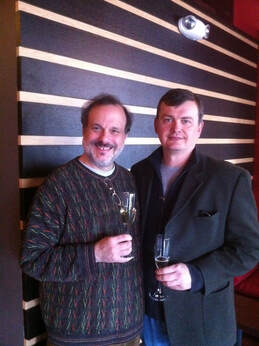 Terry Theise and the author, 2011 Terry Theise and the author, 2011 Terry Theise said that. He did - not sure if it was original, but he did say it, and I heard him. He also said, "Wine is an especially luminous object of beauty, to which the proper response is to be moved and delighted". Why do I mention this? Well, this week I was reminded how beautiful wine can be when made in the right place, by the right person, at the right time. It is actually more rare, or at least more challenging, to discover a wine of true beauty these days. Think I am crazy? When was the last time you tasted a wine that made you stop, and nearly (or literally) brought tears to your eyes because of the simple, impossible way it invoked an emotional response in you? Now, I did not have any wines this week that made me cry. But, I have had wines that did this. They exist, and it is a very personal and exciting thing to experience. Wine writers try to describe this experience every day, although I find it done poorly and very mechanically by most, and done well with rare exception. I suck at it. It is truly the unique individual that can express in words the depth of emotional waves of a particularly singular emotional response, such as to a glass of wine, and its affect on them. It's completely subjective of course, so the difficulty of expression is nearly impossible to convey to others and get a similar impression. Having said all that, I did have a wine or two this week that expressed themselves in beautiful ways - mostly because of their delicate and delicious drinkability. You need to realize that my days of sucking down big, ferocious Napa Cabs is pretty much over. I appreciate them for being grand wines, but I cannot tolerate them. Same for Double IPA's; sorry, my body-chemistry does not liked to be zapped with high levels of alpha-acids and hop resin - worse hangover than from alcohol. France often is a particular source of delicious and balanced wines that fill a void in my jones for delicious. I was part of a conversation last week where the group was asking around the cliched question - "if you could only drink one for the rest of your life, what would it be?" Some said Napa Cab, top Cru Bordeaux, Champagne. I said - Chambolle: pure, elegant, beautiful. Right after that would be Chablis for me - simple Chablis - fresh, pure and so drinkable. I did not have any Chambolle this week, nor did I have any Chablis, but I did come close on several fronts to what I consider beautiful, simple and elegant wines, that can nearly make you weep with delicious pleasure... Here are four wines we covered in last Sunday's tasting group. All Burgundy, and all from the Cote de Nuits, which was our theme. Everything was quite as it should have been and was quite on mark, but the Vosne-Romanee really hit it out of the park for me. Domaine Jean Grivot is considered one of the top Domaines in the village, and this wine, which is at the limit of what I would realistically pay for wine, was worth every cent. Balanced, elegant and full of rich fruit. I enjoyed it - actually the rest of the bottle that evening - while watching Curb Your Enthusiasm, and then the end of Casino Royal - perfect combination of suave elegance and gritty ass-kicking power - kind of like Vosne-Romanee. The other three wines were on point. All from classic producers, these are wines that are never-going-to-fail-so-just-go-ahead-and-buy-them, kind of wines. The Grand Cru showed why Chambertain is what Chambertain is. The aromatics and flavors just kept evolving out of the glass, and it was a different wine each and every time I went back to it. Complexity, power, richness. I tasted a bottle of Rousseau's Chambertain, the week prior, and all I can say - Chambertain is Chambertain for a reason - there is almost no equal (perhaps Richebourg, which is in Vosne-Romanee). The other wine that caused an elevated emotional reaction for me this week is the Jacquere from Domaine Demeure-Pinet. Wait, what is that wine, you may be asking? Yeah, I know, not something that rolls off the tongue or is even easily found in this or any market outside of the the Savoy region of France. But a wine that is remarkable for its simplicity, beauty and streamlined elegance at 11.5% alcohol. Jacquere is the grape. The high mountains between France, Switzerland and the Piedmont section of Italy is the place. Just drink it if you do find it. There is a sleek feeling to the wine that glides across your palate. This is perhaps the single most exciting tactile feeling in wines for me - the glycerol, sleek, almost liquid stone sensation; I love it. This is similar to the experience I had in December when drinking a L'Etoile from Domaine Rolet. This happens to be a Chardonnay from the Jura in far eastern France, but a region not too unfamiliar if you know Burgundy. The wine is Chardonnay, grown on light marls similar to what you might find in classic Burgundy vineyards. This wine was so good that it stops you in your tracks and makes you think about it; forces you to appreciate what you are experiencing without taking no for an answer. You may not know why or what, but that's ok - just allow yourself to enjoy it. If I had gotten my act together and wrote my recap of my best wines tasted in 2019 - this was the wine. Its a wine that demands its own emotion. As I move through the wine world, I find myself more and more drawn to these wines of elegance, mineral undertones, power through subtle expression, and lower alcohol. I still love a glass of Napa Cab every so often, but the reality is that I have never been able to drink the Double IPA versions that some producers continue to promote; I'll take a sessionable cab, thanks. I am more about the Berliner Weisse of the wine world - give me some acid and freshness, and I'll sort out the rest without a headache, thanks, and double thanks. Terry Theise is an iconic wine importer and promoter of German, Austrian and Champagne sourced producers. Since the mid-80's he has brought Americans closer to the opportunity to taste wines from people who get their hands dirty all year long. If you want a great introduction to his philosophy and thoughts, take an hour and listen to Levi Dalton's I'll Drink to That podcast #237, where he interviews Terry. It will be an hour not unwell spent.
|
ABOUT THE Author
Brian Mitchell runs The New England Wine Academy, and is responsible for the content of this blog. With 30 years of drinks industry experience, Brian has learned a few things, but everyday he is learning more. This blog helps to bring that knowledge to you. Archives
July 2024
Categories
All
|
Copyright 2018 > 2024 by New England Wine Academy, LLC
we advocate making responsible decisions
we advocate making responsible decisions

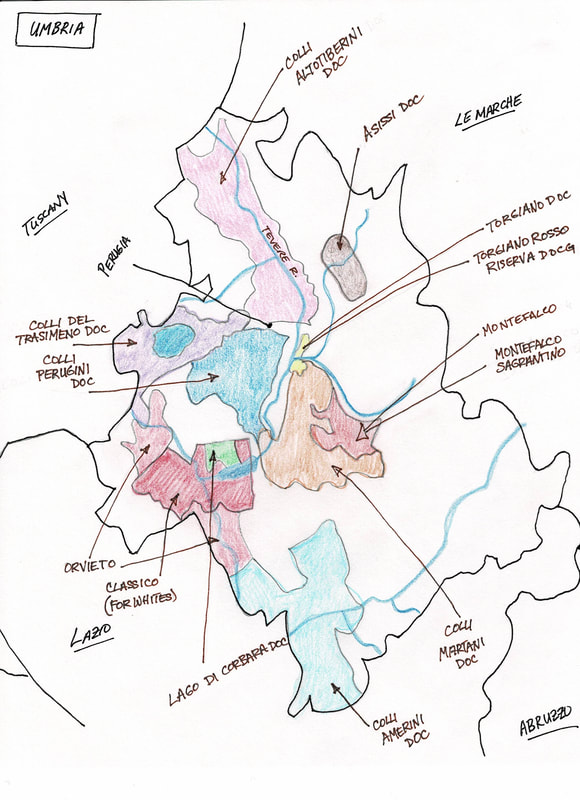
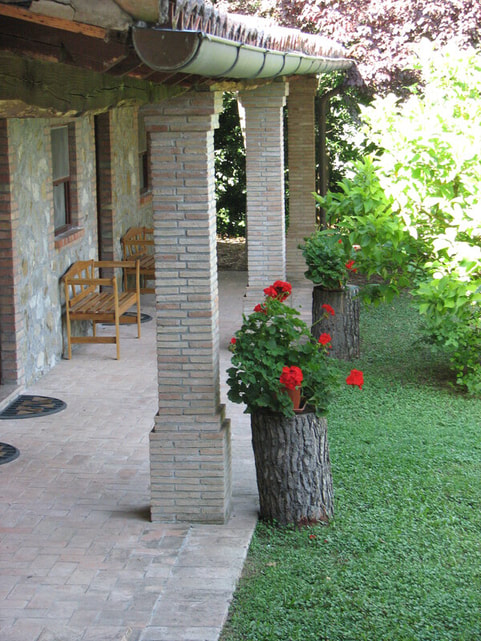
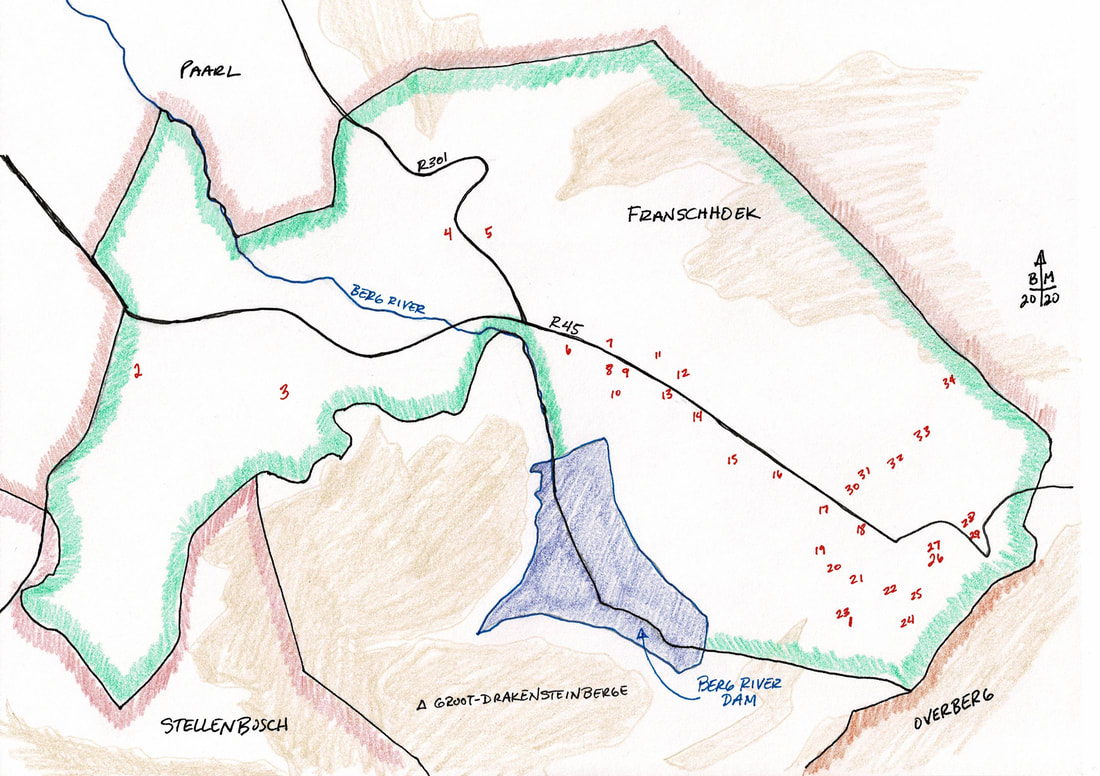
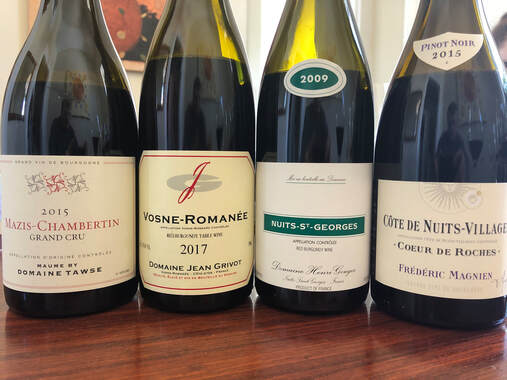
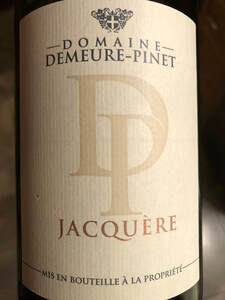
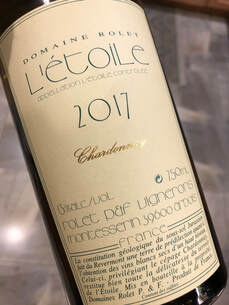
 RSS Feed
RSS Feed
